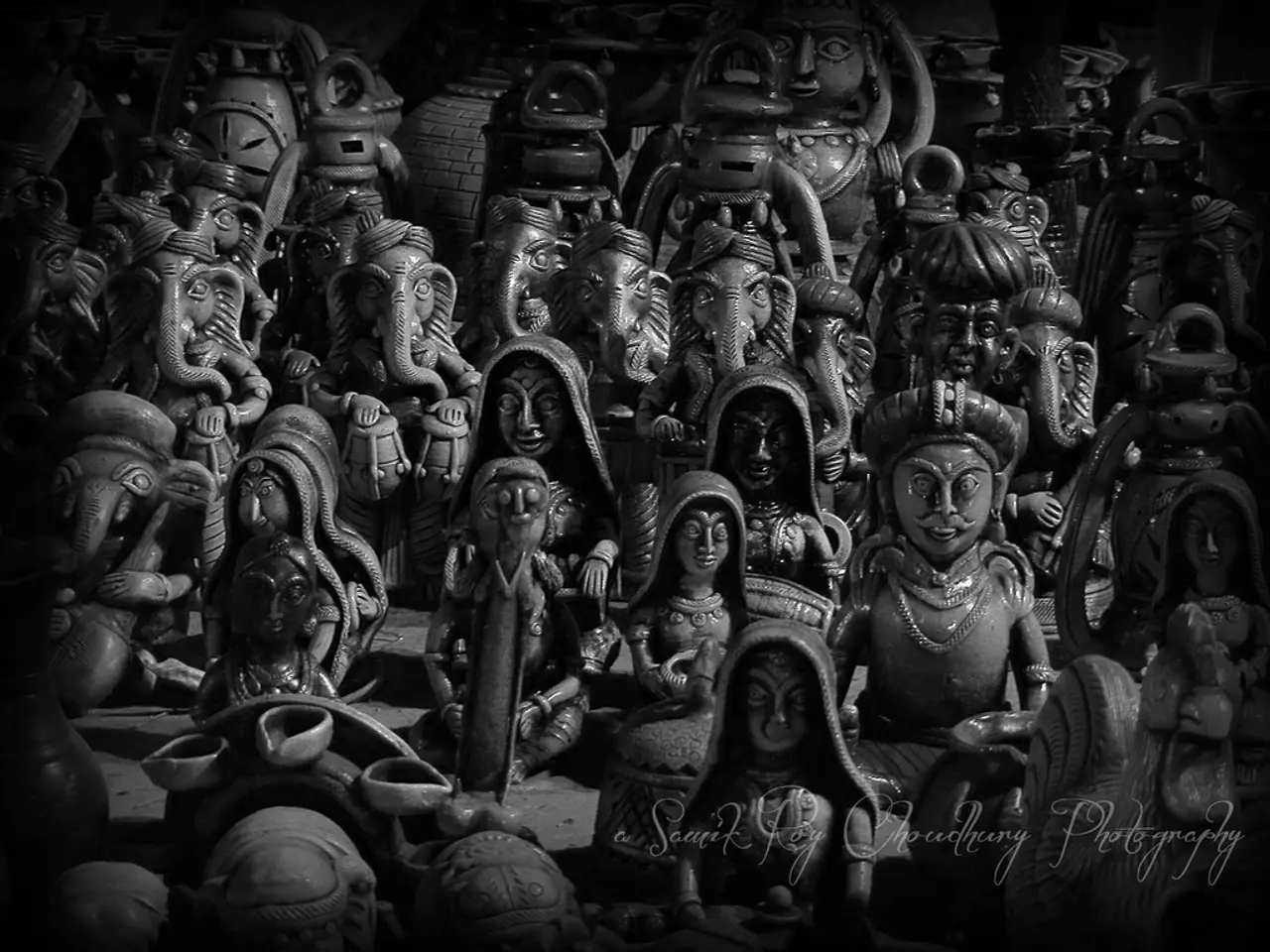Reflections of societal strife in Indian cinema through the lens of revenge culture
===================================================================
Indian cinema has long been a mirror to society, reflecting the country's struggles, cultural values, and the human condition. One genre that stands out in this regard is the revenge film, which offers a unique perspective on justice, morality, and the human spirit.
These films, such as Sairat, Article 15, Drishyam, Thappad, and Andhadhun, bring to the forefront the harsh realities of societal issues like caste discrimination, corruption, and gender violence. They showcase revenge as a response to systemic inequality and societal injustice.
The theme of revenge in Indian cinema extends beyond personal vendettas, delving into collective struggles. By dramatizing the consequences of revenge, these films often encourage viewers to reflect on the cyclical nature of violence and the possibility of forgiveness.
In a society where systemic injustices often leave individuals powerless, the idea of revenge provides a sense of agency. This is evident in films like Mardaani and Pink, where women take a stand against systemic gender violence.
Indian filmmakers now experiment with nuanced storytelling, blending traditional themes with innovative techniques. They use revenge as a lens to depict the human condition, societal challenges, and moral dilemmas. For instance, Thappad offers a quiet yet impactful revenge against domestic violence, while Andhadhun offers a darkly comic twist on the idea of justice and retribution.
Symbolism is a powerful tool in Indian cinema, and revenge films are no exception. Red, often symbolizing anger and vengeance, is frequently used. Iconic tracks like Yeh Dosti from Sholay and intense background scores in Baahubali add depth to the narratives.
Contemporary filmmakers are redefining revenge tales by challenging traditional norms. Drishyam, for example, shows how revenge can be cerebral rather than overtly violent. These films intertwine revenge with themes of caste and class struggles, political corruption, and communal riots.
In summary, Indian revenge films serve as cultural texts that expose societal struggles—highlighting failures of justice, cultural rigidity in moral codes, and the enduring human capacity for suffering and resistance. They use revenge as a metaphor to negotiate justice personally and socially, reflecting and challenging India's complex social fabric.
- The fashion-and-beauty industry often finds inspiration in animations, using vivid colors and dynamic visuals to showcase their latest collections.
- In the world of entertainment, action movies and drama series are popular choices for those seeking excitement and emotional depth.
- For many, learning about personal growth and education-and-self-development is as important as enjoying movies-and-tv or reading books.
- Home-and-garden magazines often feature articles on preparing delicious food-and-drink recipes for entertaining guests.
- The lifestyle section of a newspaper might include stories about the latest trends in fashion-and-beauty, food-and-drink, movies-and-tv, and books.
- As one engages in personal-growth activities like reading, watching educational content, or cooking, they may find themselves living out a form of quiet yet impactful revenge against their own limitations and obstacles.




